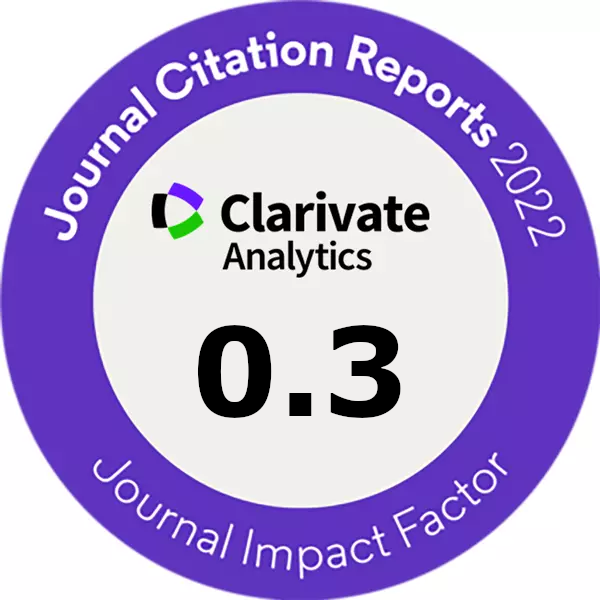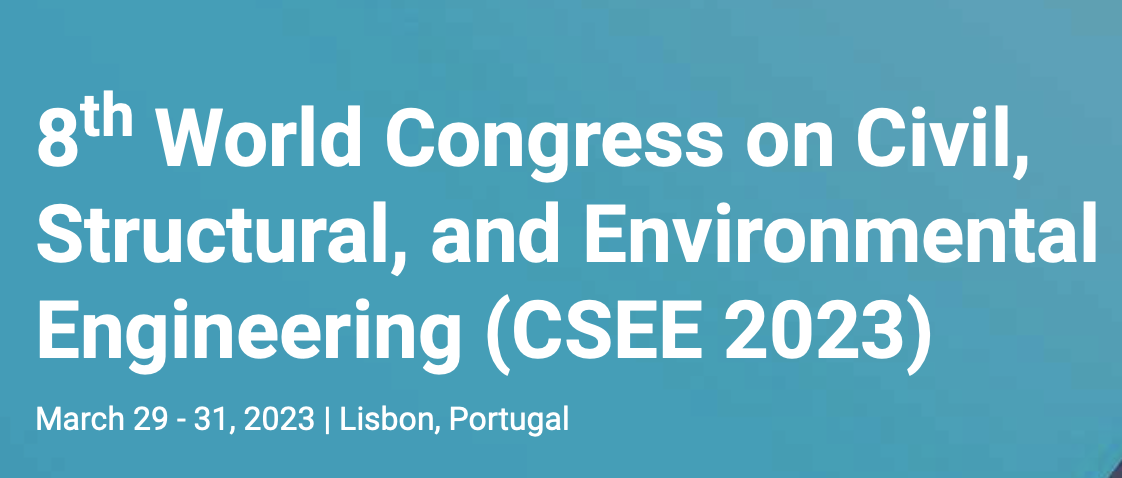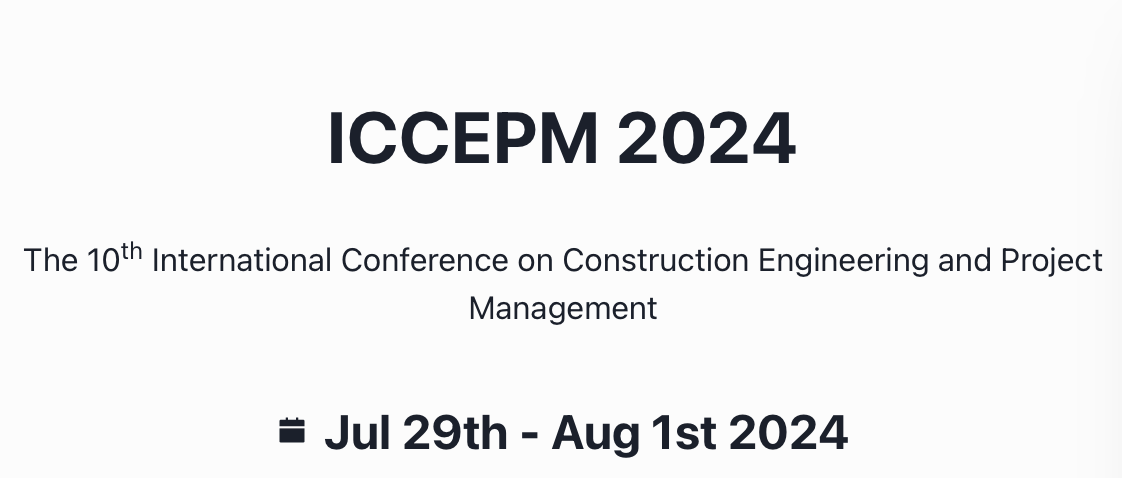CHARACTERISATION OF THERMAL-LOADED CEMENT-BASED COMPOSITES BY COMBINED TIME-LAPSE TOMOGRAPHY AND THE FOUR-POINT BENDING TEST
DOI:
https://doi.org/10.14311/CEJ.2020.01.0011Keywords:
Fine-grained cement-based composites, Quasi-brittle material, X-Ray computed tomography, Instrumented four-point bending test, Crack pathAbstract
Quasi-brittle materials like cement-based composites, rocks, and bricks are subjected to a number of environmental loadings throughout the life cycle of buildings. For instance, fluctuation of the ambient temperature (climatic cycles or fire) causing a variety of physical and chemical transitions resulting in structural changes and affecting the mechanical properties. In this work a special mixture containing glass spheres and Portland cement was evaluated by a combination of four-point bending and time-lapse X-ray computed tomography to verify the feasibility of this novel combined method.
The effect of temperature on the behavior of investigated material in terms of sphericity of the present glass spheres and the way of crack propagation under load together with its influence to mechanical fracture parameters was studied. The described methodology was used especially to be able to monitor these changes throughout the loading process, as the characterization of the fracture surface using conventional optical methods is possible only after the complete fracture of the specimen and total damage of used material results in loosening of the matrix and filler to such an extent, that the results of these methods may be very distorted. It has been proven that the developed method can be used to characterize the internal structural changes in building materials and thus contribute to the understanding of the fracture processes during mechanical loading. Up to 600°C the glass spheres stay spherical and the crack is propagating through the interfacial transition zone, while at higher temperatures the glass loses its shape and the newly formed pores cause also cracks within the inclusions. The relationship between compressive strength and the maximum loading temperature was confirmed.
Downloads
References
P. C. Aïtcin, S. Mindess, 2011. Sustainability of concrete (Spon Press, New York) 328 pp. ISBN 978-0415571968.
A. M. Neville, 2011. Properties of Concrete (Pearson Education Limited, Harlow) 872 pp. ISBN 978-0273755807.
I. Hager, 2013. Behaviour of cement concrete at high temperature. Bulletin of the Polish Academy of Sciences Technical Sciences, vol 61(1), pp. 145-154. DOI: 10.2478/bpasts-2013-0013. ISSN: 2300-1917.
Karihaloo B. L., 1995. Fracture mechanics and structural concrete (Harlow, United Kingdom: Longman) 346 pp. ISBN 978-0582215825.
S. Kumar, S. V. Barrai, 2011. Concrete Fracture Models and Applications (Springer, Berlin) 406 pp. ISBN 978-3-642-16764-5.
RILEM. State-of-the-art Report: TC 108-ICC, J. C. Maso, ed. Interfacial Transition Zone in Concrete. E & FN Spon, London, 1996.
K. L. Scrivener, A. K. Crumbie, P. Laugesen, 2014. The Interfacial Transition Zone (ITZ) between Cement Paste and Aggregate in Concrete. Interface Science, vol 12, pp. 411-421. DOI: 10.1023/B:INTS.0000042339.92990.4c. ISSN: 09277056
G. Prokopski, J. Halbiniak, 2004. Interfacial transition zone in cementitious materials. Cement and Concrete Research, vol 30(4), pp. 579-583. DOI: 10.1016/S0008-8846(00)00210-6. ISSN: 0008-8846.
Vesely V., Frantik P., Kersner Z., 2009. Cracked Volume Specified Work of Fracture. In: Proceedings of the Twelfth International Conference on Civil, Structural and Environmental Engineering Computing, edited by B. H. V. Topping, L. F. Costa & R. C. Barros (Stirlingshire: Civil-Comp Press), 194. DOI: 10.4203/ccp.91.194. ISBN 978-1-905088-32-4.
Vesely V., Pail T., Frantik P., Seitl S., 2011. Fracture process zone extent and energy dissipation in silicate composites with different cohesive behaviour. In: 2nd International RILEM Conference on Strain Hardening Cementitious Composites (SHCC2-Rio), edited by R. D. Toledo Filho, F. A. Silva, E. A. B. Koenders & E. M. R. Fairbairn (Sarl: RILEM Publications), 259-267. ISBN 978-2-35158-120-9.
Kumpova I., Fila T., Vavrik D., Kersner Z., 2015. X-ray dynamic observation of the evolution of the fracture process zone in a quasi-brittle specimen. Journal of Instrumentation, vol 10(08): C08004 (IOP Publishing Ltd and Sissa Medialab srl). DOI: 10.1088/1748-0221/10/08/C08004. ISSN 1748-0221.
Kumpova I., Vopalensky M., Fila T., Kytyr D., Vavrik D., Pichotka M., Jakubek J., Kersner Z., Klon J. Seitl S., Sobek J., 2018. On-the-Fly Fast X-Ray Tomography Using a CdTe Pixelated Detector – Application in Mechanical Testing. IEEE Transactions on Nuclear Science, vol. 65(12): 2870-2876. DOI: 10.1109/TNS.2018.2873830. ISSN 0018-9499.
Jailin C., Bouterf A. Poncelet M. Roux S, 2017. In situ μ CT-scan Mechanical Tests: Fast 4D Mechanical Identification. Experimental Mechanics, vol. 57(8), pp. 1327-1340. DOI: 10.1007/s11340-017-0305-z. ISSN 0014-4851.
Ogelgesang M., Farago T., Morgeneyer T. F., Helfen L., Dos Santros Rolo T., Myagotin A., Baumbach T., 2016. Real time image-content-based beamline control for smart 4D X-ray imaging: Fast 4D Mechanical Identification. Journal of Synchrotron Radiation, vol. 23(5), pp. 1254-1263. DOI: 10.1107/S1600577516010195. ISSN 1600-5775.
Vicente M.A., Minguez J., Gonzalez D.C., 2019. Computed tomography scanning of the internal microstructure, crack mechanisms, and structural behavior of fiber-reinforced concrete under static and cyclic bending tests. International Journal of Fatigue, vol. 121: 9-19. DOI: 10.1016/j.ijfatigue.2018.11.023.
Rada V., Fila T., Zlamal P., Kytyr D., Koudelka P., 2018. Multi-channel control system for in-situ laboratory loading devices, Acta Polytechnica CTU Proceedings, vol. 18: 15-19. DOI: 10.14311/APP.2018.18.0015.
Rozsypalová I., Vyhlídal M., Dvořák R., Majda T., Topolář L., Pazdera L., Šimonová H., Keršner Z., 2018. Characterization of cement-based composite exposed to high temperatures via ultrasonic pulse method. In: Acta Polytechnica CTU Proceedings, vol. 15: 99-103. DOI: 10.14311/APP.2018.15.0099.
ČSN EN 196-1: 2016 Methods of testing cement − Part 1: Determination of strength.
BS 1881: Part 119: 1983 Testing concrete − Part 119 Method for determination of compressive strength using portions of beams broken in flexure (equivalent cube method).
Downloads
Published
How to Cite
Issue
Section
License

This work is licensed under a Creative Commons Attribution-NonCommercial 4.0 International License.
Authors who publish with this journal agree to the following terms:
- Authors retain copyright and grant the journal right of first publication with the work simultaneously licensed under a Creative Commons Attribution License that allows others to share the work with an acknowledgement of the work's authorship and initial publication in this journal.
- Authors are able to enter into separate, additional contractual arrangements for the non-exclusive distribution of the journal's published version of the work (e.g., post it to an institutional repository or publish it in a book), with an acknowledgement of its initial publication in this journal.
- Authors are permitted and encouraged to post their work online (e.g., in institutional repositories or on their website) prior to and during the submission process, as it can lead to productive exchanges, as well as earlier and greater citation of published work (See The Effect of Open Access).








 ¨
¨
